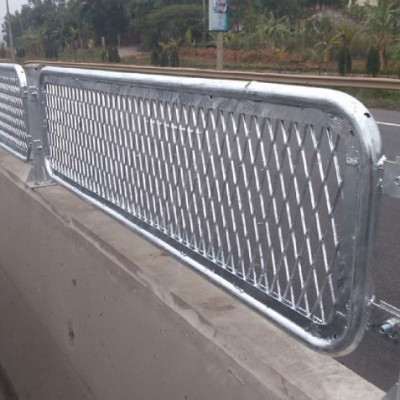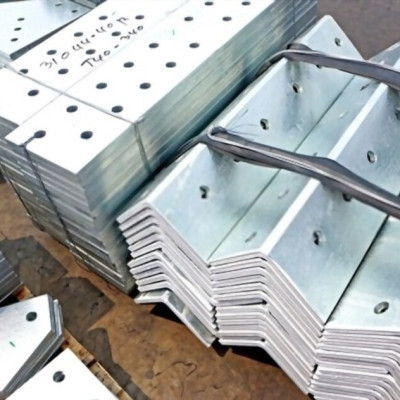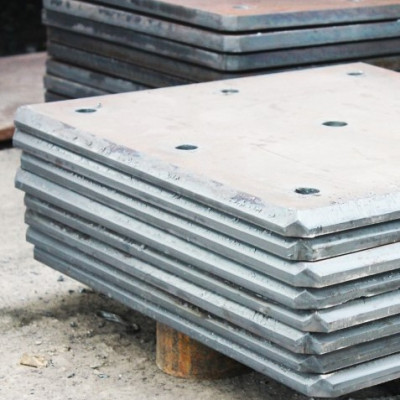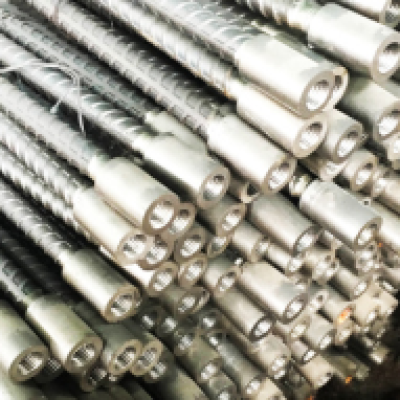In the field of construction, a lamp post is a vertical structure commonly used to support and hold high-voltage electrical wires or telecommunication cables within electrical grid systems, power transmission networks, or communication infrastructure. Lamp post can be constructed from various materials such as metal, concrete, wood, or other materials depending on specific requirements and environmental conditions.
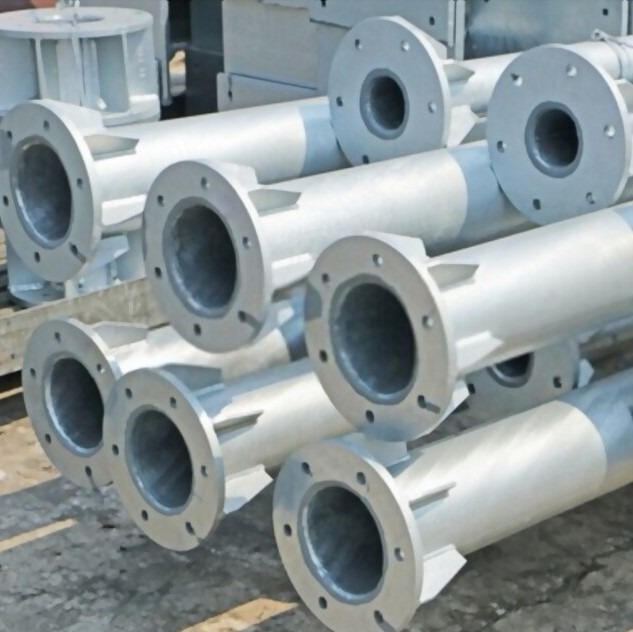
Advantages of lamp posts in the construction field include:
1. Support and Cable Retention: Lamp posts are a crucial component of the electrical grid and power transmission systems, serving to support and retain electrical cables. They play a vital role in creating an efficient electrical network and ensuring stable power transmission.
2. Current Distribution: Lamp posts help position and maintain the spacing between electrical cables in the system, preventing contact between them. This ensures efficient current distribution and reduces the risk of faults.
3. Height Adjustment: Lamp posts can be easily adjusted in height to accommodate varying terrain and system requirements. This optimization facilitates installation and adaptation to different conditions.
4. Corrosion and Oxidation Resistance: Lamp posts can be reinforced with protective coatings to resist corrosion and oxidation caused by environmental factors such as water, air, or chemicals.
5. Material Variety: Lamp posts can be constructed from a range of materials, including metals, concrete, wood, reinforced plastics, depending on specific technical requirements and environmental considerations.
6. Aesthetic and Urban Planning Considerations: In certain cases, lamp posts are designed with aesthetic appeal in mind, aligning with urban planning and enhancing the overall landscape.
In summary, lamp posts are vertical structures within the electrical grid or power transmission systems, serving a pivotal role in supporting and positioning electrical cables. Their advantages encompass supporting capabilities, current retention, height adjustability, corrosion resistance, material diversity, and the potential for aesthetic considerations.







